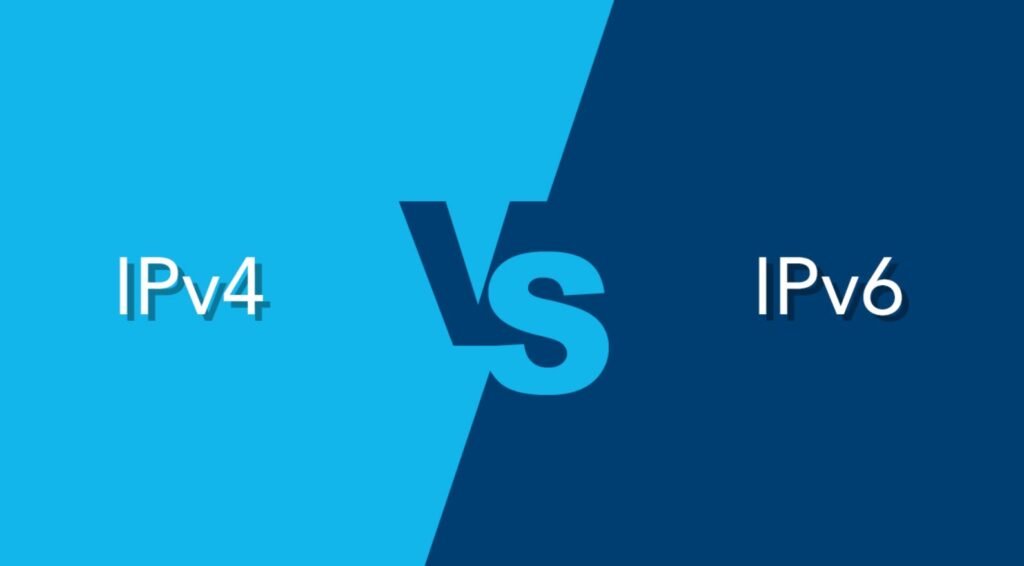
IPV4 and IPV6 are two different versions of the Internet Protocol (IP) which are used to identify and communicate with devices on the Internet. IPV4 is the older version and has been in use for many years, while IPV6 is a newer and more advanced version that was developed to address the limitations of IPV4. In this article, we will explain the differences between IPV4 and IPV6 and provide a comparison table.
IPV4 vs. IPV6
IPV4 uses a 32-bit address format and can support up to 4.3 billion unique addresses. This may seem like a large number, but with the exponential growth of the Internet and the proliferation of connected devices, the supply of IPV4 addresses is running out. On the other hand, IPV6 uses a 128-bit address format, which allows for an almost limitless number of unique addresses. This means that IPV6 can support an infinite number of devices and can accommodate the continued growth of the Internet.
Another difference between IPV4 and IPV6 is the way they handle packet fragmentation. In IPV4, packet fragmentation is handled by the sender, which can lead to inefficient use of network resources. In contrast, IPV6 requires the recipient to handle packet fragmentation, which reduces network congestion and improves performance.
IPV6 also offers improved security features compared to IPV4. For example, IPV6 supports IPSec, which provides secure encryption and authentication for data transmitted over the Internet. IPV6 also includes features like address auto-configuration, which simplifies the process of assigning IP addresses to devices.
Comparison Table
To summarize the differences between IPV4 and IPV6, we have created a comparison table:
| Feature | IPV4 | IPV6 |
|---|---|---|
| Address Format | 32-bit | 128-bit |
| Number of Addresses | 4.3 billion | Almost limitless |
| Packet Fragmentation | Sender handles | Recipient handles |
| Security Features | Limited | Improved, supports IPSec |
| Address Auto-configuration | Not supported | Supported |
Conclusion
IPV4 and IPV6 are two versions of the Internet Protocol that are used to identify and communicate with devices on the Internet. IPV4 is the older version and has limitations in terms of the number of unique addresses it can support, while IPV6 is a newer and more advanced version that can support an almost limitless number of addresses.
IPV6 also offers improved security features and more efficient handling of packet fragmentation. As the Internet continues to grow and more devices are connected, IPV6 is becoming increasingly important for ensuring the continued availability and reliability of the Internet.
You may also like:- How To Fix the Crowdstrike/BSOD Issue in Microsoft Windows
- MICROSOFT is Down Worldwide – Read Full Story
- Windows Showing Blue Screen Of Death Error? Here’s How You Can Fix It
- A Guide to SQL Operations: Selecting, Inserting, Updating, Deleting, Grouping, Ordering, Joining, and Using UNION
- Top 10 Most Common Software Vulnerabilities
- Essential Log Types for Effective SIEM Deployment
- How to Fix the VMware Workstation Error: “Unable to open kernel device ‘.\VMCIDev\VMX'”
- Top 3 Process Monitoring Tools for Malware Analysis
- CVE-2024-6387 – Critical OpenSSH Unauthenticated RCE Flaw ‘regreSSHion’ Exposes Millions of Linux Systems
- 22 Most Widely Used Testing Tools








